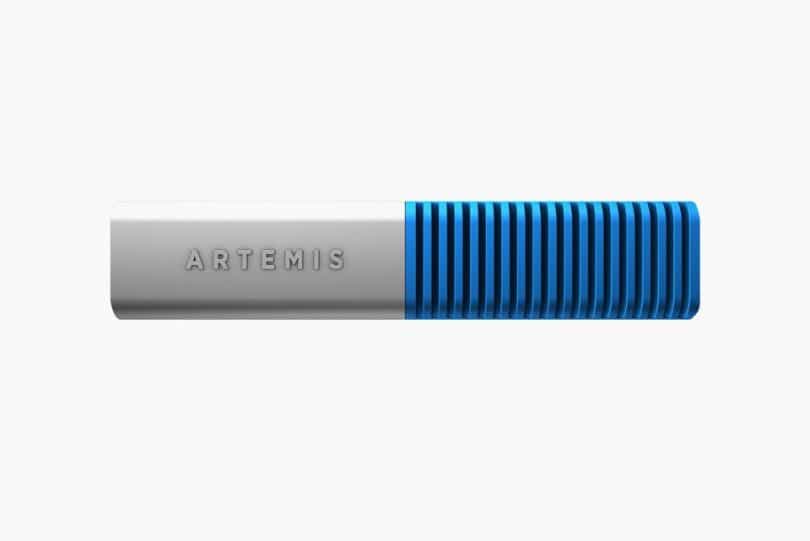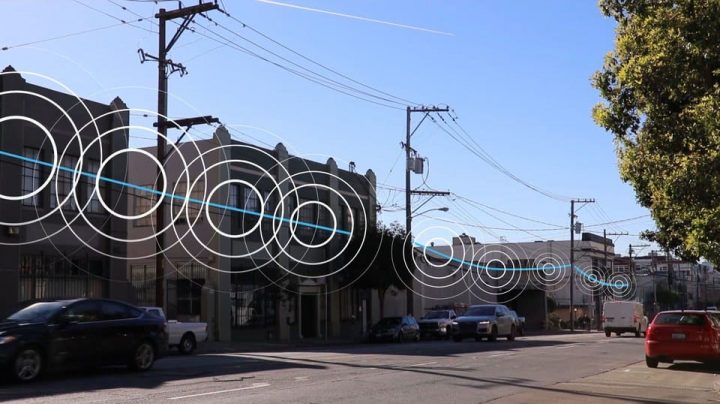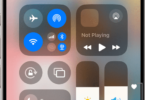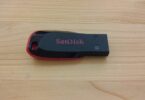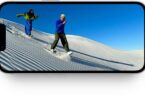Cellular antennas often wear camouflages. Odds are, your cell phone has sooner or later associated with a receiving wire that looks a considerable measure like a pine tree, a palm tree, or even a desert plant. In any case, in ordinary design, serial Silicon Valley designer Steve Perlman intends to push this thought much further and innovated pCell wireless antenna.
He and his organization, Artemis Networks, simply revealed a cell radio wire masked as a link. Yes, it’s remote innovation that resembles a wire. Yet, Perlman, best known for building up Apple’s QuickTime video and Microsoft’s WebTV, didn’t fabricate this new receiving wire only for the incongruity.
It’s a piece of his continuous push to extend the web transmission capacity accessible to cell phones so that everybody can stream more information and more video with less hiccups. His new radio wire is the most recent incarnation of pCell, the Artemis innovation that fundamentally enhances data transfer capacity by giving a sort of individual flag you needn’t impart to any other individual.
Presently, the pCell is just 15 millimeters wide and can fit in the palm of your hand. At the point when slipped into a link, Perlman says, telcos can introduce it prudently as well as without an allow. Little cell radio wires are just the same old thing new. Be that as it may, ordinarily they aren’t this little, and commonly they do require grants. “That is the bugaboo,” says Joe Hoffman, VP of key innovation with tech investigate firm ABI Research and a master in little cells. As of late, T-Mobile lost a fight to topple a San Francisco law that requires licenses for little cells.
Sprint has confronted comparable issues in specific urban communities. Perlman says that his little receiving wires, called pCell minis, get around these issues. His organization is as of now introducing them as links as opposed to as reception apparatuses, which implies they aren’t liable to similar limitations. “They can be sent in a way that nobody can see them,” he says.
This little cell tech is doubly captivating on the grounds that Perlman and Artemis say that they’re trying these receiving wires through Webpass. That is the San Francisco-based network access supplier as of late gained by Access, the recently shaped Alphabet Company that runs Google Fiber. Webpass and Access did not react to a demand for input, but rather these tests allude to ways that Access could change Google Fiber in the years to come. Perlman’s innovation could extend the web data transfer capacity accessible on telephones as well as in homes. Google Fiber initially worked much like whatever other ISP: It ran links into homes and organizations, however these links gave strangely rapid associations.
Be that as it may, after Google rehashed itself as Alphabet and spun Google Fiber into its own particular organization, executives ended the development of the administration keeping in mind the end goal to modify organization technique.
Some portion of this change appeared to include Webpass, which conveys web signs to flat structures utilizing remote innovation, regularly a less expensive and more proficient approach than wirelines in thick urban regions.
Today, Webpass utilizations what’s called indicate guide innovation toward convey signs to every working before running links to individual flats. Perlman says his pCell wireless antenna innovation would permit Access and others to convey rapid web straight into individual homes with no wired associations.
In the meantime, these same little radio wires could likewise serve up LTE cell signs to telephones. This also could bear some significance with Google, which is investigating its own cell benefit, Project Fi.
It is not necessarily the case that Google will take these courses—or that taking these courses would be simple. Jim Chiddix, the previous boss innovation officer of Time Warner Cable who has served as a guide to Artemis and knows about the new pCell radio wires, says that introducing web foundation is never a straightforward undertaking. “Giving any wide-region system is a considerable measure of work,” he says.
Yet, the pCell small could make the procedure more straightforward than it is today. For a certain something, it’s so subtle. By taking care of a large portion of the flag preparing in programming instead of equipment, Perlman and his group have conveyed a pCell wireless reception apparatus that can slip into a standard link without pointing out itself. What’s more, these pCell gadgets can sit ideal close to each other inside the link. Regularly, cell radio wires can’t be excessively close in light of the fact that their signs would meddle with each other.
“As you set up them nearer together, you can’t get any extra pick up,” Hoffman says. Yet, Perlman’s innovation makes utilization of impedance—without a doubt, blossoms with it. Later on, Perlman says, these pCell Wireless Antenna reception apparatuses will likewise convey energy to telephones and different gadgets over the wireless transmissions—so you (nearly) never need to stress over coming up short on battery juice. “You can envision a telephone outlined without a battery,” he says.
“We can do that.” Chiddix says that in the short-term, this pCell innovation is well on the way to locate a home inside existing telcos, the organizations the as of now work the nation’s greatest cell systems. These organizations could run the reception apparatuses down the road, close by or set up of existing web and satellite TV wires.
So, the new pCell receiving wires are as of now under test inside Google as well as the Dish Network, the TV organization that is authorizing remote range with an eye towards offering web access, as well. With these pCell reception apparatuses, the conceivable outcomes develop well past a decent mask.

